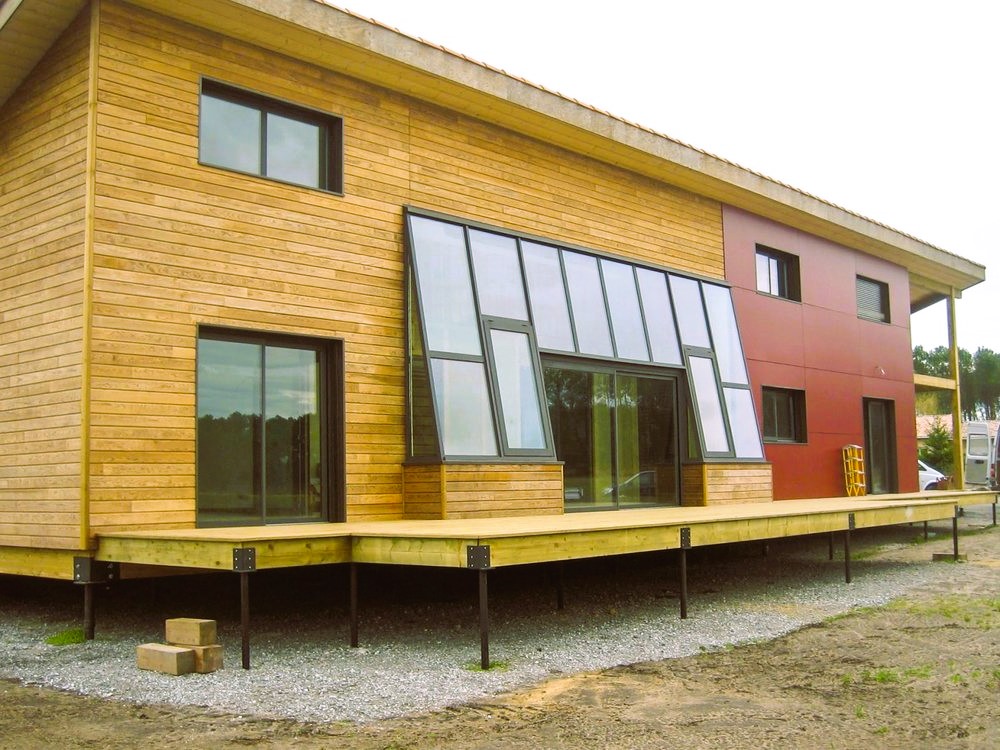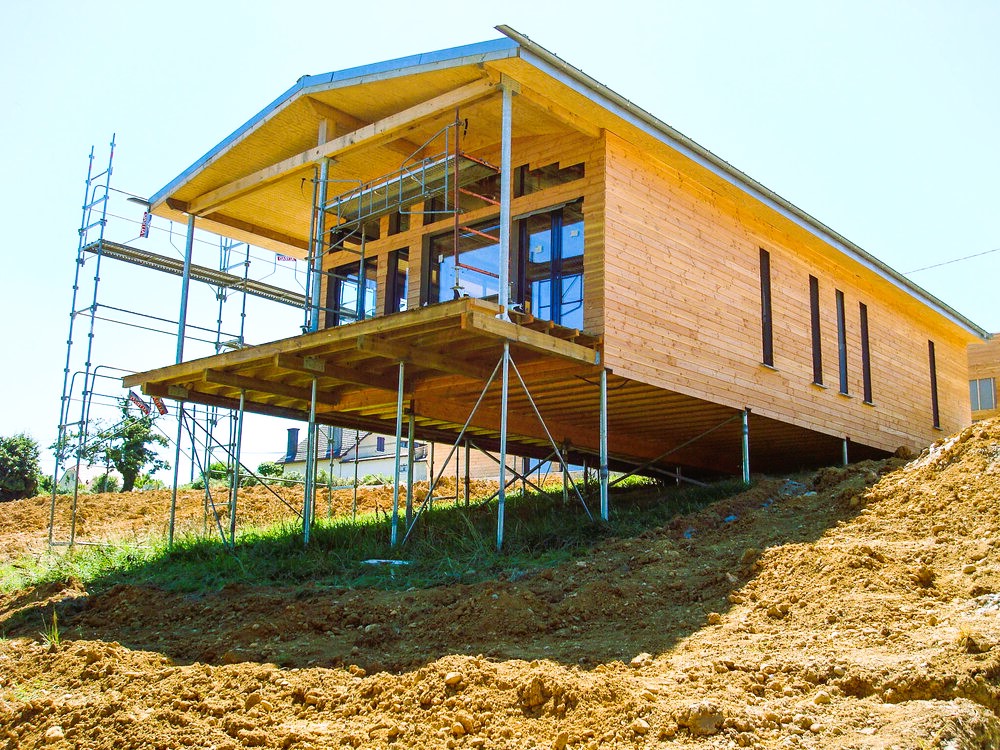Building science forms the bedrock of understanding how homes function, ensuring they stand resilient against the tests of time and environmental factors. As we delve into the basics of building science, we unearth the fundamental principles that contribute to the creation of a healthy and sustainable home environment. This exploration aims to demystify the essential concepts that underpin the science of construction and their impact on the well-being of both the structure and its occupants.
The Essence of Building Science
At its core, building science is the amalgamation of physics, engineering, and architectural principles applied to the design, construction, and maintenance of buildings. The goal is to optimize the performance, durability, and efficiency of structures while prioritizing the health and comfort of those who inhabit them.
1. Moisture Management: The Cornerstone
Understanding Moisture Dynamics:
Moisture, in all its forms, is a potent adversary to the longevity of a home. Building science emphasizes the importance of comprehending moisture dynamics – how water interacts with various building components. Effective moisture management strategies prevent issues like mold growth, structural decay, and compromised indoor air quality.
Ventilation as a Moisture Control Tool:
Proper ventilation plays a pivotal role in moisture control. By facilitating the exchange of indoor and outdoor air, ventilation mitigates excess humidity, preventing the accumulation of moisture within the building envelope.
2. Insulation: Regulating Temperature and Energy Efficiency
The Significance of Insulation:
Insulation is a key player in regulating indoor temperatures and enhancing energy efficiency. Building science explores the properties of insulation materials, ensuring they provide effective thermal resistance to minimize heat transfer between the interior and exterior of a home. See our practical tips for mitigating EMF, read more at this link.
Holistic Approach to Insulation:
Beyond individual materials, building science encourages a holistic approach to insulation. This involves considering the entire building envelope – walls, roof, and foundation – to create a well-insulated and energy-efficient structure.
3. Air Sealing: Enhancing Efficiency and Comfort
Sealing the Envelope:
Air sealing is the practice of closing gaps, cracks, and openings in the building envelope to minimize air leakage. Building science recognizes the impact of a tightly sealed envelope in enhancing energy efficiency, reducing utility costs, and improving occupant comfort.
Balancing Air Tightness and Ventilation:
While a sealed envelope is crucial for energy conservation, building science advocates for a delicate balance between air tightness and ventilation. Properly designed ventilation systems ensure a continuous supply of fresh air, preventing indoor pollutants and maintaining a healthy indoor environment.
The Role of Standardization in Building Science

Adhering to standardized practices is integral to the application of building science principles. Standards provide a common language for professionals, ensuring consistency, safety, and quality in construction. For comprehensive information on building science standards in Canada, you can refer to Canada’s official website.
Canadian Building Science Standards
- National Building Code of Canada (NBCC): The NBCC sets forth regulations and standards for the design and construction of buildings, encompassing aspects of structural integrity, fire safety, and energy efficiency.
- Canadian Home Builders’ Association (CHBA): CHBA develops guidelines and standards for residential construction, promoting best practices in building science for home builders and renovators.
- Canadian Construction Documents Committee (CCDC): CCDC produces standardized contracts and forms, fostering clear communication and accountability in construction projects guided by building science principles.
Conclusion
Building science lays the groundwork for the creation of homes that are not merely structures but ecosystems of health, efficiency, and resilience. Understanding the principles of moisture management, insulation, and air sealing equips homeowners and professionals alike with the knowledge to construct and maintain homes that stand the test of time.
As we navigate the foundational elements of building science, let the standards set by regulatory bodies be our compass. In the pursuit of constructing healthy homes, the principles of building science serve as our guide, ensuring that every nail, every beam, and every wall contributes to the creation of a home that fosters well-being and enduring comfort.


